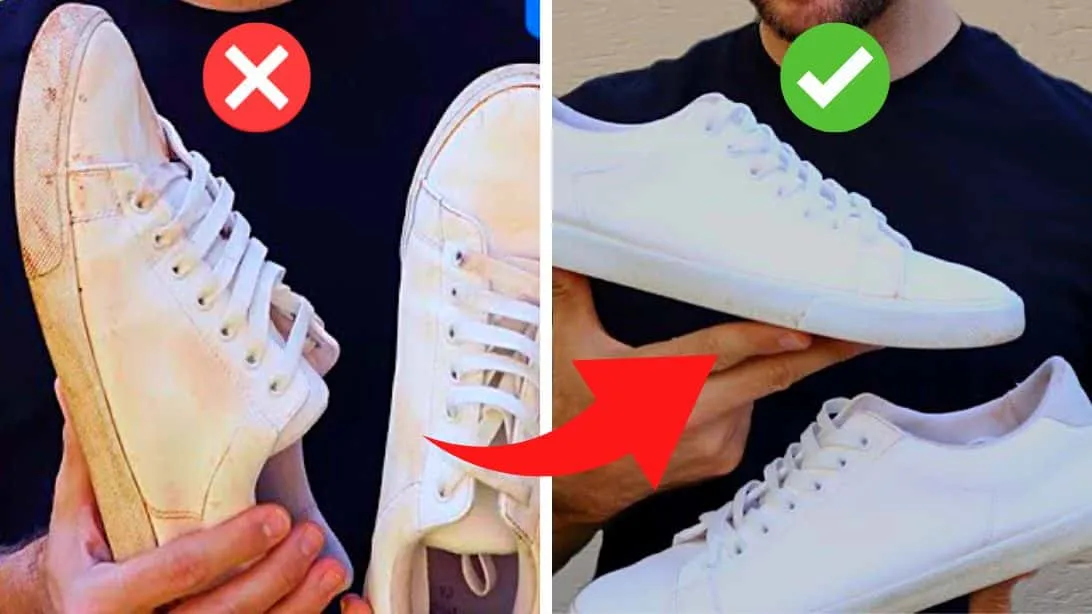Keeping your shoes white can be a constant battle against dirt, grime, and the elements. Whether you’re dealing with scuffs from everyday wear or stubborn stains, maintaining that fresh, clean look doesn’t have to involve expensive commercial cleaners. Fortunately, there are many effective home remedies that can restore your shoes to their former glory. This guide provides top 5 home remedies for whitening shoes, offering simple, affordable, and environmentally friendly ways to keep your footwear looking its best. Learn how to combat stains and keep your white shoes looking fresh and new, all with ingredients you likely already have at home. Let’s dive in and explore these easy-to-follow methods.
Why Shoes Get Dirty
Understanding why shoes get dirty is the first step in effective cleaning. Shoes are constantly exposed to various elements that cause them to accumulate dirt, stains, and discoloration. Outdoor environments present a plethora of challenges, from muddy terrains and dusty paths to unexpected rain and spills. Even indoor activities can contribute to the soiling of shoes, with everyday use leading to scuffs, smudges, and overall wear and tear. The materials of the shoes themselves also play a crucial role, with porous fabrics and light-colored surfaces being more susceptible to absorbing dirt and stains. Knowing the common culprits – such as mud, grass, food spills, and general wear – helps you choose the right cleaning method and maintain your shoes’ appearance more effectively. Regular cleaning and preventative measures are essential to protect your footwear.
Types of Shoe Materials and Their Cleaning Needs
Different shoe materials require different cleaning approaches to prevent damage and ensure the best results. Canvas shoes are generally more forgiving and can often withstand harsher cleaning methods, while leather shoes need gentler care to maintain their texture and finish. Suede and nubuck, on the other hand, are highly sensitive and should only be cleaned with specialized products or extremely gentle techniques. Synthetic materials, such as rubber and certain plastics, can usually be cleaned with mild detergents and water, but it’s crucial to test any cleaning solution on a small, inconspicuous area first. Always consider the material’s properties and consult care instructions when available to avoid discoloration, shrinking, or other damage. Matching the cleaning method to the material is key to successful shoe care and longevity.
Home Remedy 1 Baking Soda and Water Paste
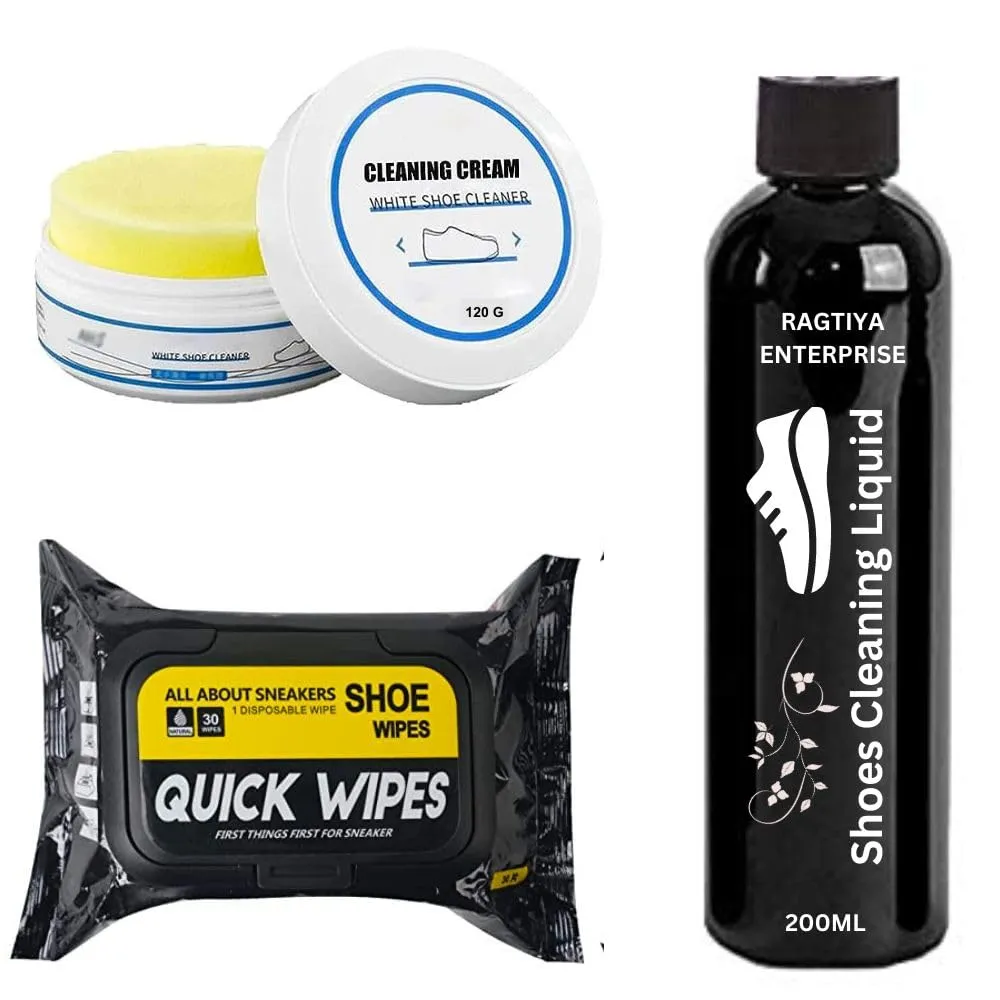
Baking soda is a versatile cleaning agent that works wonders on various surfaces, including shoes. Its mild abrasive properties make it effective at removing dirt and stains without damaging the shoe material. This method is particularly useful for canvas, rubber, and synthetic materials, and it is a budget-friendly option as baking soda is readily available and inexpensive. When combined with water to form a paste, baking soda gently lifts away grime, leaving your shoes looking brighter and cleaner. The process is simple and requires just a few steps. You can easily refresh your shoes using this common household item. This remedy can remove embedded dirt and scuffs, making it a go-to for many looking to revitalize their footwear.
How to Prepare Baking Soda Paste
Creating the perfect baking soda paste is straightforward. Begin by mixing baking soda with a small amount of water in a bowl until you achieve a thick, creamy consistency. The ratio should be roughly two parts baking soda to one part water, but you might need to adjust it slightly to get the desired texture. The paste should not be too runny; otherwise, it will not adhere well to the shoe surface. Also, it should not be too thick, as this can make it difficult to spread evenly. Stir the mixture thoroughly to ensure that all the baking soda is properly moistened and that there are no lumps. Preparing the paste correctly is key to its effectiveness, ensuring that it will effectively lift away dirt and stains.
How to Apply Baking Soda Paste
Once your paste is ready, apply it to the dirty areas of your shoes using an old toothbrush or a soft-bristled brush. Gently scrub the paste onto the shoe surface, focusing on areas with stains or discoloration. Use circular motions and apply light to moderate pressure, being careful not to scrub too hard, which could damage the material. For stubborn stains, you can leave the paste on the shoe for about 10-15 minutes before rinsing. Make sure to cover all affected areas thoroughly, ensuring that the paste reaches into crevices and hard-to-reach spots. This detailed application is a crucial step in making sure the baking soda works its magic on your shoes.
How to Rinse and Dry the Shoes
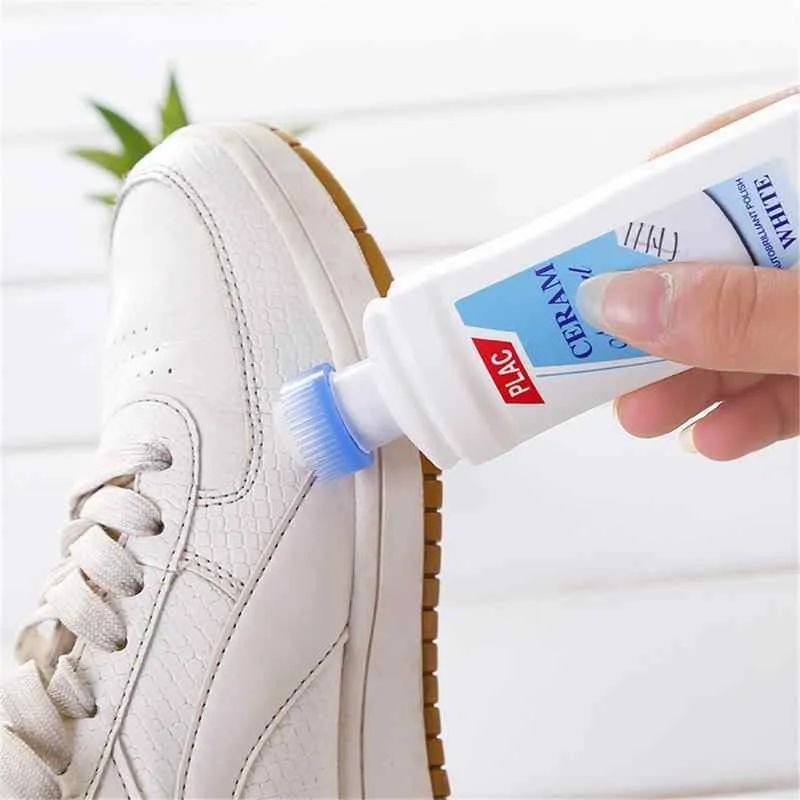
After the paste has worked its magic, rinse your shoes thoroughly with clean water. Use a damp cloth or sponge to wipe away all traces of the baking soda paste, ensuring that no residue remains. Leaving residue can attract more dirt and might leave a chalky appearance. Once rinsed, allow your shoes to air dry completely. Avoid direct sunlight or heat, as this can cause the materials to shrink or warp. Stuffing the shoes with paper towels or clean cloths during drying can help maintain their shape and absorb any remaining moisture. Proper rinsing and drying are essential steps to complete the process and to keep your shoes looking their best after cleaning. Allow the shoes to dry naturally, away from direct sunlight or heat sources.
Home Remedy 2: White Vinegar and Baking Soda
Combining white vinegar with baking soda creates a powerful cleaning solution that can effectively whiten and refresh your shoes. White vinegar’s acidity, combined with baking soda’s abrasive qualities, creates a dynamic duo for tackling stains and odors. This method works well on various materials, particularly canvas and rubber, and can be an excellent alternative to harsher chemicals. When these two components react, they produce a fizzy, bubbling effect that helps lift dirt and grime from the shoe’s surface. This combination not only cleans but also helps deodorize your shoes, leaving them fresh and revitalized. The process is relatively easy and only requires these two common household ingredients.
Mixing Vinegar and Baking Soda
To create this cleaning mixture, start by mixing white vinegar and baking soda in a bowl. Be mindful of the effervescent reaction that occurs when these two ingredients combine. Add one tablespoon of baking soda to a small amount of white vinegar (about two tablespoons), and you’ll see a fizzing effect. It’s best to prepare this mixture just before applying it to the shoes to make the most of the reaction. Ensure that the mixture is well-blended into a paste-like consistency that can be applied without dripping. If the mixture is too runny, add more baking soda until the desired texture is achieved. Preparing the mixture right before use ensures the best cleaning results by harnessing the full cleaning power of the ingredients.
Application and Cleaning Process
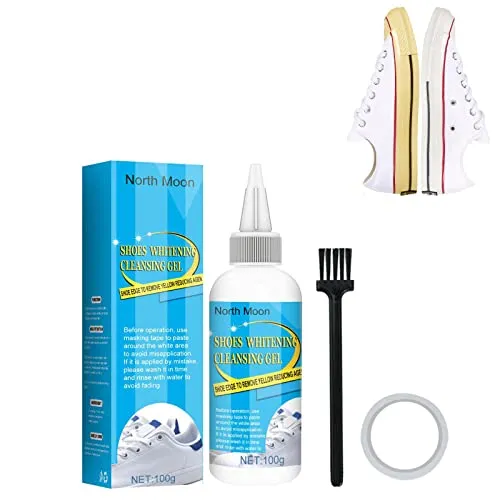
Using an old toothbrush or a soft brush, apply the vinegar and baking soda paste to the dirty areas of your shoes. Scrub gently in circular motions to work the mixture into the material, paying attention to areas with visible stains and discoloration. Allow the paste to sit on the shoes for approximately 10-15 minutes. This gives the cleaning agents sufficient time to lift dirt and grime from the surface. After the waiting period, rinse the shoes thoroughly with cool water, making sure to remove all traces of the cleaning mixture. Rinse the shoes until no residue remains and then dry them completely, following the drying tips for the baking soda and water paste method. This thorough application and rinsing step are crucial for ensuring clean and refreshed shoes.
Home Remedy 3: Dish Soap and Water
Dish soap is another accessible and effective cleaning agent for whitening shoes. Its degreasing properties make it excellent for removing dirt, oil, and other stubborn stains. This method is particularly useful for shoes made of rubber, plastic, and synthetic materials. The gentle nature of dish soap makes it a safe option for regular cleaning, helping to maintain your shoes’ appearance without causing damage. Combining it with water to create a mild cleaning solution, you can effectively clean your shoes. The ease of use and availability of dish soap make it a convenient solution for most people. Diluted properly, dish soap is effective and does not leave any residue that could attract future dirt.
Mixing and Application
To create your dish soap solution, mix a few drops of mild dish soap with warm water in a bowl. You should not use too much soap, as this can make it difficult to rinse and may leave a residue. The mixture should be sudsy, but not overly soapy. Dip a soft-bristled brush or cloth into the solution, and gently scrub the dirty areas of your shoes. Focus on areas with stains, scuffs, or general discoloration. Work in circular motions to lift dirt and grime from the surface. Make sure not to apply too much pressure, as this could damage the shoe material. With dish soap, a little goes a long way, and the gentle cleaning action can remove most everyday stains.
Rinsing and Drying
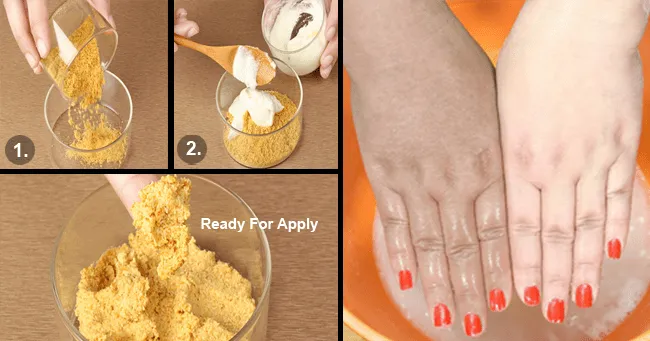
After cleaning with the dish soap solution, it’s crucial to rinse your shoes thoroughly with clean water. Ensure that all traces of the soap are removed. Leaving any soap residue behind can attract dirt and make the shoes look dingy. Use a clean cloth or sponge to wipe away any remaining soap. Allow the shoes to air dry completely. Place them in a well-ventilated area, away from direct sunlight or heat. Consider stuffing them with paper towels or a clean cloth to help absorb moisture and maintain their shape during the drying process. Proper rinsing and drying are essential to prevent soap buildup and to ensure your shoes look their best.
Home Remedy 4: Lemon Juice
Lemon juice is a natural bleaching agent, making it a great option for whitening shoes. The citric acid in lemon juice can help lift stains and brighten the appearance of white shoes, leaving them looking fresh and clean. This method is particularly effective for canvas and synthetic materials, although it is best to test it on an inconspicuous area first to ensure it does not damage the shoe material. Lemon juice is readily available, inexpensive, and environmentally friendly. This remedy offers a simple and natural way to bring back the brightness of your shoes. The natural acidity helps break down dirt and stains and helps refresh your shoes naturally. This is a perfect solution to restore your shoes’ appearance.
Lemon Juice Application
To use lemon juice, squeeze fresh lemon juice into a small bowl. You will need enough juice to cover the areas you want to clean. Using a soft-bristled brush or clean cloth, apply the lemon juice to the dirty areas of your shoes. Ensure that you cover all the affected spots evenly, allowing the lemon juice to penetrate the material. Focus on areas with stains or discoloration. Make sure the application is even, making sure every part is covered. This step is vital, as even coverage ensures effective stain removal and brightening. The acidity helps to break down stains and discolorations, working its magic over time. This step ensures the entire shoe gets the treatment it deserves.
Sun Drying
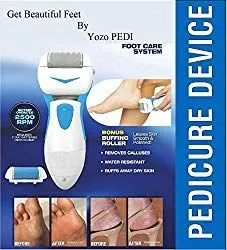
After applying the lemon juice, place your shoes in direct sunlight. Sunlight enhances the whitening process, boosting the effectiveness of the lemon juice. Allow the shoes to sit in the sun for several hours, or until they are dry. Check the shoes periodically to ensure they are not overheating or drying out too quickly. This exposure helps to set the color. The sun helps to activate the citric acid, intensifying the whitening effect. Once dry, rinse the shoes with water and allow them to air dry completely. This final rinse removes any lingering lemon juice and ensures the shoes are fresh and clean. Sun drying is an effective way to remove stains and bring a shine back to your shoes.
Home Remedy 5: Micellar Water
Micellar water, known for its gentle yet effective cleansing properties, is a surprising yet effective option for cleaning and whitening shoes. Designed to remove makeup and impurities from the skin, micellar water can also lift dirt and stains from various shoe materials without harsh chemicals. This method is particularly useful for quick touch-ups and for cleaning delicate materials like leather or suede, though a test spot is always recommended. Its gentle formula makes it a safe and convenient choice, especially for those wanting a quick and easy cleaning solution. The ease of application and gentle properties make it a great choice for cleaning shoes.
How to Apply Micellar Water
To use micellar water, soak a cotton pad with the solution. Gently blot the cotton pad onto the dirty areas of your shoes. The micellar water will help to lift dirt and stains without the need for rinsing. Apply enough pressure to remove the stains but avoid scrubbing, especially on delicate materials. Continue blotting the shoe surface until the cotton pad no longer picks up dirt. Since it is formulated to be gentle, this method is especially effective for removing light stains and maintaining the appearance of your shoes between deep cleanings. With micellar water, cleaning can be a fast and convenient process.
Finishing Touches and Maintenance Tips
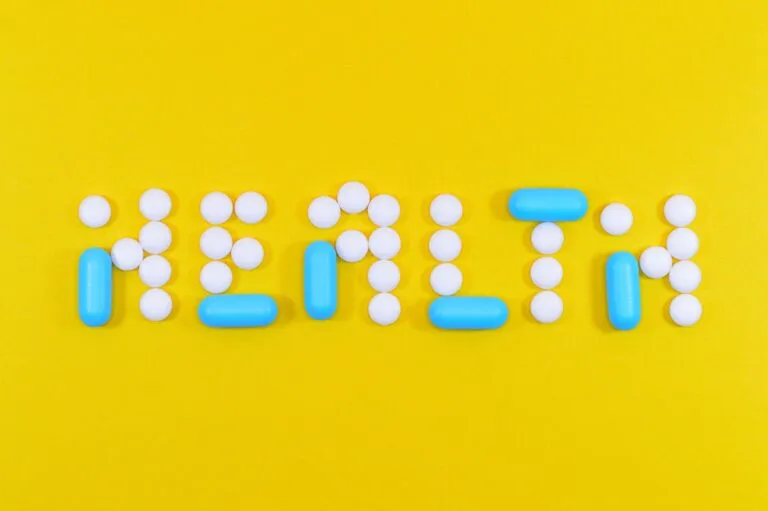
After cleaning your shoes using any of the home remedies, there are a few finishing touches and maintenance tips that can enhance their longevity and appearance. Consider using a soft brush or cloth to gently buff the shoes after cleaning, which can help restore their original texture and shine. If the shoes are leather, apply a leather conditioner to keep the material supple and prevent cracking. Consider the use of shoe trees, which can help maintain the shape of your shoes when they are not in use. Another helpful tip is to store your shoes in a cool, dry place. This helps prevent mildew and mold from developing, thus protecting your footwear. These simple steps can have a big impact on maintaining your shoes in pristine condition.
Preventative Measures to Keep Shoes Clean
Preventative measures are key to keeping your shoes clean and prolonging the time between cleanings. Consider using a shoe protector spray to create a barrier against dirt and stains. Wipe your shoes down regularly after each use, especially if they have been exposed to dirt or moisture. Avoid wearing your white shoes in environments where they are likely to get dirty. Keep your shoes away from muddy or wet surfaces and store them in a clean, dry area. Regularly inspect your shoes for signs of wear and tear, and address any issues promptly. Taking a few minutes to implement these preventative measures can save you time and effort in the long run.
When to Seek Professional Cleaning
While home remedies can be effective for many shoe cleaning needs, there are times when seeking professional cleaning is necessary. If your shoes are made from delicate materials like suede or nubuck, or if they have expensive embellishments or designs, professional cleaning might be the safest option. Also, if your shoes have deep-set stains that home remedies cannot remove, or if they require special attention, consulting a professional cleaner is recommended. Professionals have access to specialized equipment, cleaners, and techniques that can address complex cleaning challenges. They can safely and effectively restore your shoes without causing damage. Knowing when to seek professional help ensures that your valuable footwear receives the best care possible.
By utilizing these top 5 home remedies for whitening shoes, you can effectively clean and maintain your white footwear, keeping them looking fresh and new. Remember to choose the right cleaning method based on the shoe material and to always test the solution on an inconspicuous area first. With regular care and these easy-to-follow tips, you can keep your white shoes looking their best and extend their lifespan. Implementing the preventative measures and knowing when to seek professional help will further safeguard your investment in footwear. So, get ready to restore your shoes to their original brilliance!
